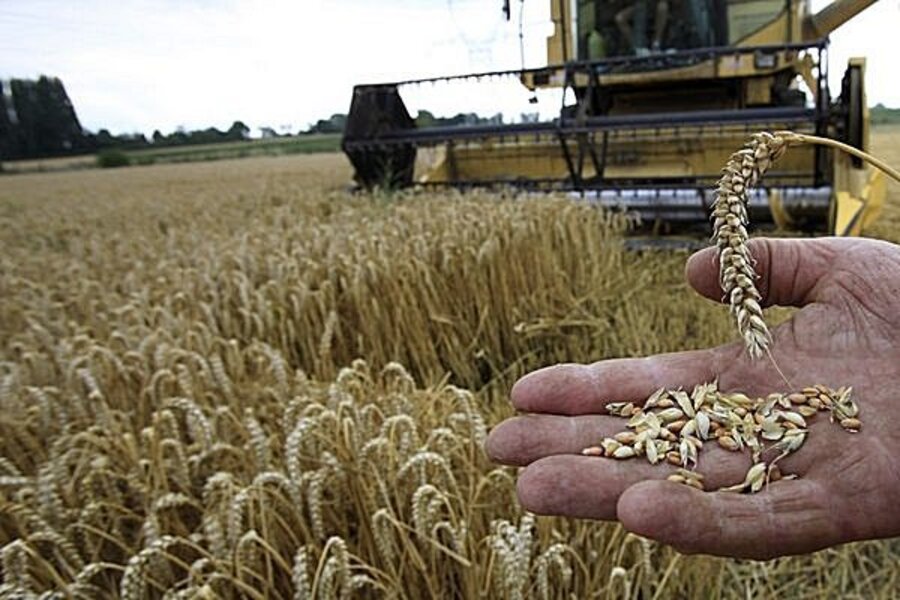How did European farmers spread agriculture?
Loading...
An analysis of 5,000-year-old genetic material from preserved human remains found in Sweden suggests that people moving from southern to northern Europe spread agriculture across that continent long ago.
In addition to agricultural know-how, the intrepid farmers brought their genes: They interbred with hunter-gatherer communities to create modern humans living in Europe today.
"Genetic variation of today's Europeans was strongly affected by immigrant Stone Age farmers, though a number of hunter-gatherer genes remain," study researcher Anders Götherström, of Uppsala University in Sweden, said in a statement.
The results of this study, to be published in the April 27 issue of the journal Science, match up well with previous archeological evidence of farming in Europe.
Stone Age bones
The researchers studied the remains from four humans, one found on an ancient farm in Gökhem parish, likely belonging to a member of the agricultural Funnel Beaker culture. Less than 250 miles away, a second set of remains from three humans were unearthed on the island of Gotland, from hunter-gatherers of the Pitted Ware culture.
"We know that the hunter-gatherer remains were buried in flatbed grave sites, in stark contrast to the megalithic sites that the farmers built," said study researcher Mattias Jakobsson, also from Uppsala University. "The farmer we analyzed was buried under such a megalith, and that's just one difference that helps distinguish the two cultures."
Researchers already knew a fair bit about these different cultures and the excavated remains, though nobody had looked at their genetics. In the new study, the team analyzed the bones' genetic information to see how the humans differed from each other genetically as well as from other modern humans.
European genetics
The group analyzed thousands of genetic markers from each Stone Age individual. The genetics of the hunter-gatherer sample looked similar to that of modern northern Europeans (from countries like Finland), while the genes isolated from the Stone Age farmer looked more like modern southern Europeans who live along the Mediterranean Sea.
Interestingly, these ancient genomes don't share many similarities with modern-day Swedes, despite their discovery and excavations in Sweden.
These southern Europeans, who were genetically distinct from the hunter-gatherer societies in the area, seem to have brought their agriculture knowledge north, where they made their homes and likely interbred with hunter-gatherers in what is now Sweden. [10 Wedding Traditions from Around the World]
"When you put these findings in archaeological context, a picture begins to emerge of Stone Age farmers migrating from south to north across Europe," said study researcher Pontus Skoglund, a graduate student at Uppsala University. "And the result of this migration, 5,000 years later, looks like a mixture of these two groups in the modern population."
Spread of agriculture
This finding agrees with previous reports on the age of farming. Researchers think that agriculture emerged about 11,000 years ago in the Near East before reaching Europe about 5,000 years later (about 6,000 years ago in total). The new study supports this idea and suggests that farming was first introduced to southern Europe before it spread north about 1,000 years later.
This spread of agriculture also seems to have been a movement of people, and as a result introduced new genetic diversity into northern European communities.
"The results suggest that agriculture spread across Europe in concert with a migration of people," Skoglund said. "If farming had spread solely as a cultural process, we would not expect to see a farmer in the north with such genetic affinity to southern populations."
You can follow LiveScience staff writer Jennifer Welsh on Twitter, on Google+ or on Facebook. Follow LiveScience for the latest in science news and discoveries on Twitter and on Facebook.





